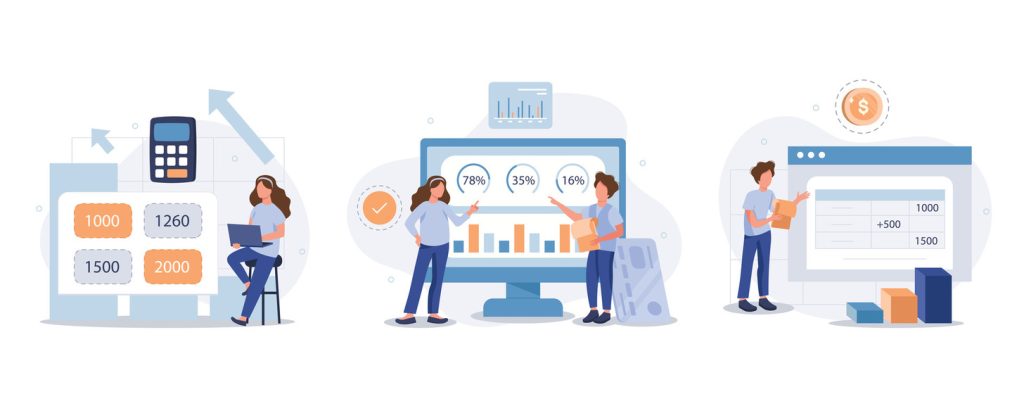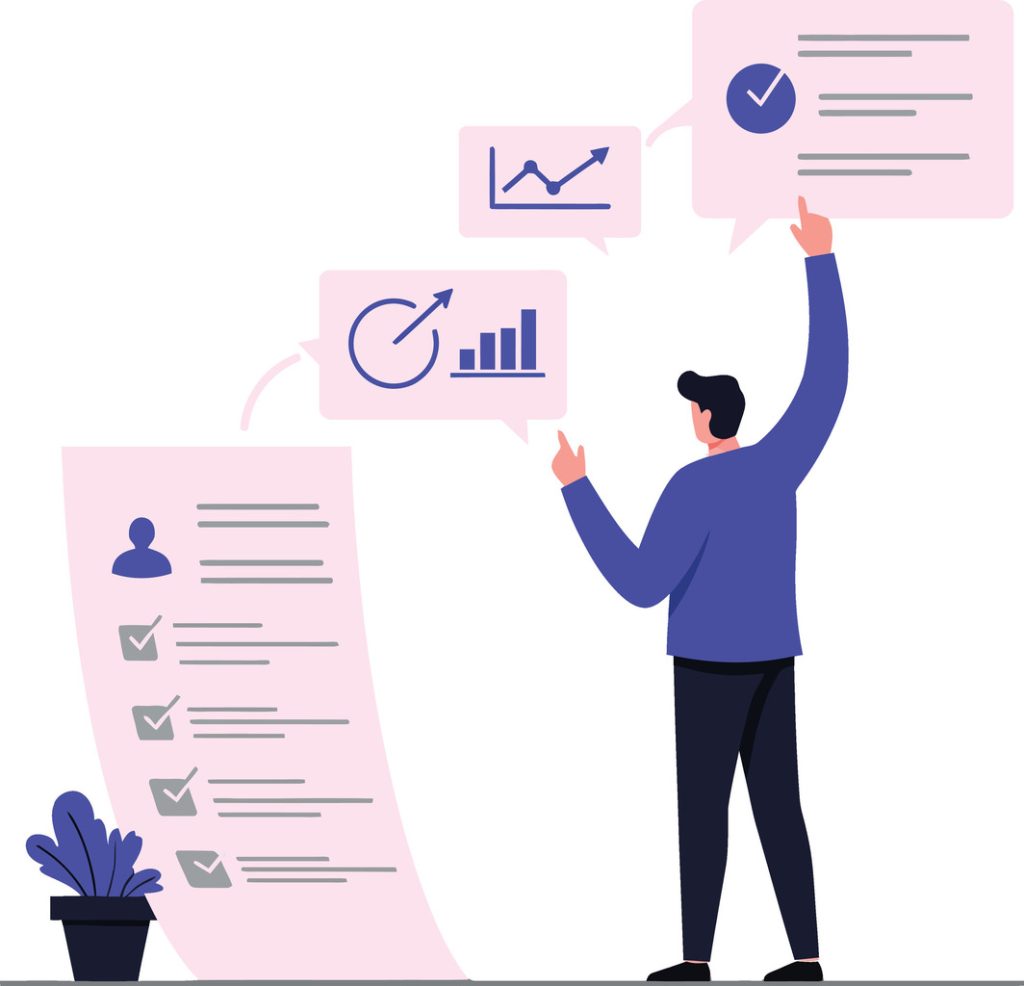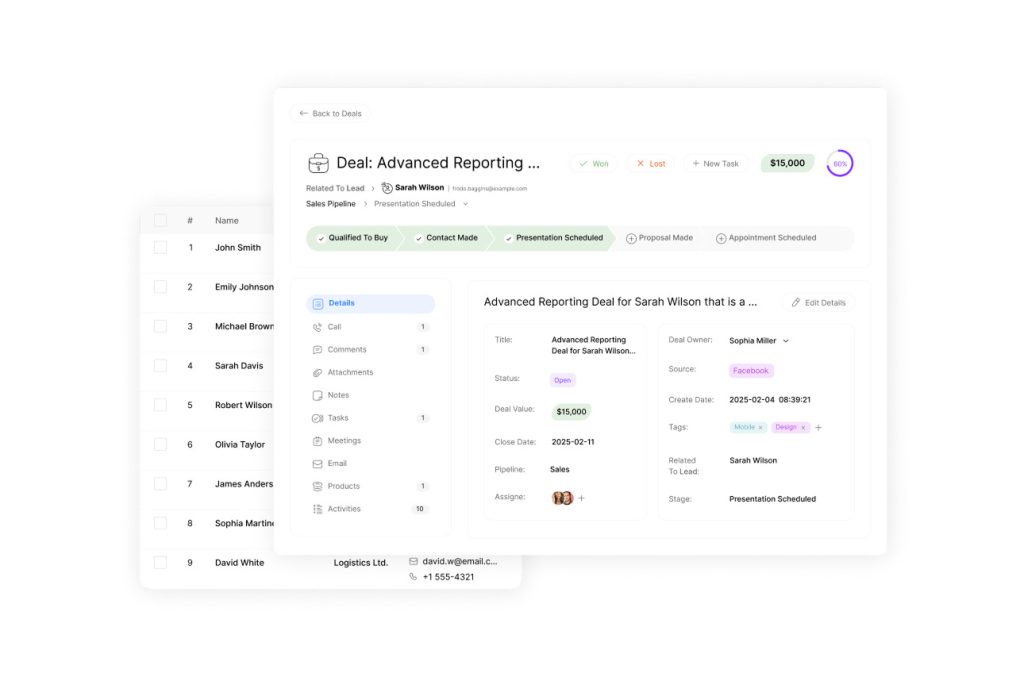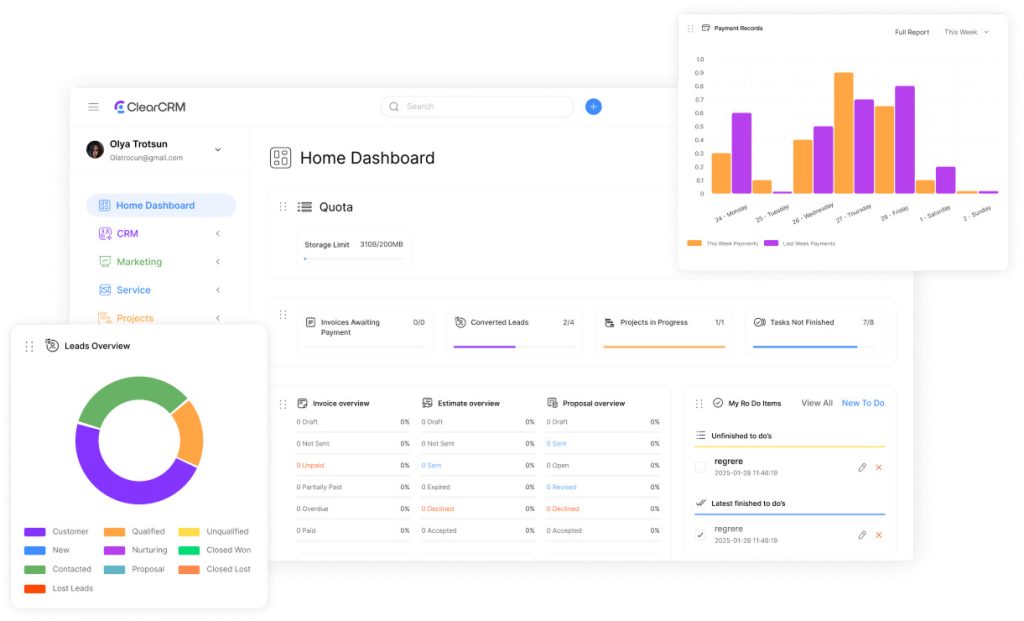Business transformation depends on effective technology use: CRM tools deliver measurable business value—but only when teams actively adopt and integrate them into daily workflows. Research shows organizations with strong adoption rates make decisions 23% faster and close deals 15% quicker. Yet nearly 63% of implementations struggle with user resistance, creating costly inefficiencies.
Mastering the adoption curve therefore transforms hesitation into strategic momentum and drives successful business transformation. Specifically, leaders who anticipate common roadblocks—like workflow disruptions or data-entry burdens—can design targeted solutions. Consequently, this approach converts skepticism into engagement, turning software investments into engines for growth.
Effective implementation, however, requires more than choosing features. To achieve meaningful business transformation, teams need clear incentives, simplified processes, and leadership demonstrating system value through daily use. Moreover, phased rollouts paired with hands-on training prove most successful, allowing gradual adaptation while minimizing productivity dips.
Key Takeaways
- High adoption rates therefore correlate with faster decision-making and revenue growth
- Anticipating resistance patterns prevents implementation failures
- Successful strategies blend training, incentives, and leadership advocacy
- Phased rollouts maintain productivity during transition periods
- Visibility into customer data improves relationship management
- Expert-led frameworks reduce learning curves by 40–60%
Organizations that navigate this journey successfully report 34% higher customer retention and 27% shorter sales cycles. Thus, the following insights reveal how to align tools, processes, and culture for lasting business transformation impact.
Understanding the CRM Adoption Landscape
Modern organizations face a critical challenge: bridging the gap between technology investment and actual user engagement. While 91% of companies with 11+ employees deploy relationship management platforms, 63% fail to achieve intended outcomes due to poor strategy alignment. This disconnect, therefore, underscores the need for deliberate adoption planning to ensure successful business transformation.
Benefits of a Robust CRM System
Effective platforms deliver measurable advantages across departments. For example, sales teams using mobile-optimized tools see 26%+ productivity gains. Service departments reduce response times by automating ticket routing. Marketing groups improve campaign targeting through centralized customer data.
Key advantages include:
- 27% higher retention rates through personalized engagement
- 15% faster deal closures with real-time pipeline visibility
- 40% reduction in manual data entry via workflow automation
Key Statistics and Market Trends

Recent data reveals shifting priorities. Gartner notes 78% of buyers now prioritize ease-of-use over feature quantity. Mobile access drives 34% higher user engagement compared to desktop-only systems. Integration capabilities rank as the top selection criterion for 67% of purchasing teams.
“Failed implementations typically stem from cultural resistance, not technical flaws,” states a Merkle Group analysis. “Organizations that align tools with existing workflows see 3x faster adoption.”
Currently, trends emphasize AI-powered forecasting and no-code customization. Consequently, platforms offering these features report 22% lower training costs and 18% faster onboarding cycles.
Identifying Common CRM Adoption Barriers

Transitioning to advanced platforms frequently hits unexpected roadblocks rooted in daily operations. While technical capabilities matter, human factors often determine whether software becomes an asset or abandoned expense.
Resistance to Change and Familiarity Issues
Employees cling to proven methods like spreadsheets or email tracking. These habits create immediate resistance when new systems disrupt established workflows. Furthermore, cognitive friction worsens when platform terminology clashes with a team’s natural language for client interactions.
For instance, one healthcare provider saw 62% of sales staff revert to handwritten notes after encountering unfamiliar pipeline stages. Such mismatches erode trust in data accuracy, thereby triggering workarounds that undermine system value.
Complex Interfaces and Manual Data Entry
Cluttered dashboards with 50+ fields overwhelm users during busy periods. In addition, a financial services firm reported 23% longer time per client file after implementation due to redundant input screens. When repetitive tasks dominate workflows, teams perceive platforms as productivity drains rather than tools.
“Systems fail when they add steps instead of removing them,” notes a Salesforce implementation lead. “The best solutions feel like shortcuts, not chores.”
These challenges compound rapidly. As a result, initial friction leads to partial usage, creating incomplete records that reduce decision-making reliability. Therefore, proactive leaders address these pain points through interface simplification and automated data capture.
Securing Team Buy-In and Building CRM Ownership
Genuine platform success begins when teams transition from passive users to invested collaborators. Indeed, organizations that treat implementation as a collaborative effort see 58% faster adoption rates compared to top-down mandates.
Involving Users Early in the Process
Including members in platform selection builds immediate buy-in. For example, a logistics company increased engagement 73% by having staff test shortlisted tools during lunch-and-learn sessions. This approach surfaces practical needs like mobile access or simplified data entry.
Early involvement transforms skepticism into advocacy. Specifically, when people shape workflows through pilot programs, they become system ambassadors. One SaaS firm reduced training time by 41% after letting sales teams design custom pipeline stages.
Empowering Internal Champions
Identify enthusiastic members who naturally help colleagues. These champions bridge leadership goals with ground-level realities. Moreover, equip them with advanced training and problem-solving authority to address concerns in real time.
“Peer influence drives 3x faster behavior change than executive memos,” notes a Salesforce implementation specialist. “Champions make new systems feel familiar rather than forced.”
Successful teams link platform use to individual benefits. For instance, show how automated workflows save 8+ hours weekly—time reps can reinvest in client relationships. Additionally, track and celebrate role-specific wins like reduced admin tasks or faster deal closures.
Implementing Your CRM in Manageable Phases

Rolling out new software often backfires when organizations prioritize breadth over depth. Instead, a staggered approach proves 68% more effective at sustaining engagement, according to Forrester data. By dividing implementation into focused stages, companies reduce cognitive load while demonstrating immediate value.
Strategic Pilot Testing
Launch with a cross-functional group representing different roles. This mix reveals how features perform under real pressures. For example, one manufacturing firm improved adoption by 81% after pilots exposed redundant data fields slowing production teams.
“Pilot groups generate 3x more actionable feedback than surveys,” notes Forrester analyst Margot Reeves. “Their insights prevent enterprise-wide rollout mistakes.”
Ultimately, such carefully planned steps support overall business transformation by ensuring technology adoption aligns with operational realities and strategic goals.
| Approach | Success Rate | Avg. Training Time | User Satisfaction |
|---|---|---|---|
| Phased Rollout | 89% | 4.2 hours | 92% |
| All-at-Once | 34% | 11.5 hours | 47% |
Begin with contact management and activity tracking—features offering clear time savings. Add reporting tools once teams consistently input data. This builds confidence before introducing complex automations.
Measure progress through weekly usage metrics and qualitative feedback. Adjust timelines when 30%+ of users report friction with new modules. Successful organizations revise implementation plans 4-6 times during rollout.
Gradual adoption creates compounding benefits. Early wins in visibility and task reduction motivate teams to master advanced capabilities. Support each phase with role-specific training sessions addressing real workflow challenges.
Customizing Your CRM to Fit Your Workflow
Generic software solutions often collect digital dust when they clash with team habits. Systems become indispensable when they reflect how people naturally work. Successful organizations mold platforms to existing sales processes, creating seamless extensions rather than disruptive add-ons.
Pipeline Structures That Speak Your Language

Standardized deal stages confuse teams using unique terminology. A medical device company boosted platform use 89% by renaming “Prospecting” to “Clinical Evaluation.” Custom fields capturing trial dates and compliance data replaced generic contact notes.
“Platforms should use your team’s dialect, not force corporate jargon,” advises HubSpot consultant Lila Moreno. “When pipeline stages match actual deal progression, adoption becomes instinctive.”
Smart Automation for High-Impact Efficiency
Repetitive tasks drain productivity. Configure systems to handle:
- Auto-generated follow-up emails after client meetings
- Deal stage updates triggering approval requests
- Data sync between sales tools and accounting software
| Manual Process | Automated Solution | Time Saved |
|---|---|---|
| Lead assignment | Territory-based routing | 6.5 hrs/week |
| Contract generation | Template library | 3.2 hrs/deal |
| Data entry | Form auto-fill | 11 hrs/week |
One logistics firm reduced quote errors 72% by automating rate calculations. Teams now spend reclaimed time negotiating larger contracts.
Regularly refine configurations as workflow needs evolve. Monthly reviews ensure systems adapt to changing market demands while maintaining user familiarity.
Providing Ongoing Training and Support
Continuous learning bridges the gap between initial implementation and long-term platform mastery. Teams thrive when education evolves alongside their growing expertise—organizations with dynamic programs see 79% higher retention of system knowledge.
Role-Focused Skill Development
Sales reps need different tools than service agents. A healthcare tech firm cut training time by 53% using scenario-based sessions where members practiced real cases. Marketing teams learned campaign tracking through live data imports, while support staff mastered ticket prioritization workflows.
“Generic tutorials waste time. When people see direct workflow impacts, engagement triples,” explains Skilljar’s training director. “Custom sessions turn abstract features into daily advantages.”
Self-Service Learning Ecosystems
Centralized hubs reduce repeat questions by 61%. Effective bases include:
- Searchable video libraries sorted by department
- Printable cheat sheets for common tasks
- Annotated screenshots showing updates
One logistics company using customizable platforms saw 44% fewer support tickets after adding tooltip guides. Teams solved 83% of issues independently within three months.
Monthly refresher workshops keep skills sharp. Leaders track progress through completion rates for micro-courses and quiz scores. Celebrating milestones like “500 automated contacts managed” reinforces system value while building confidence—key drivers in sustaining long-term business transformation.
Defining and Tracking CRM Success Metrics

Measuring impact transforms software from optional tool to business necessity. Clear benchmarks prove value while motivating consistent platform engagement. Organizations that align metrics with operational realities see 73% faster buy-in compared to those using generic standards.
Establishing Key Performance Indicators
Effective tracking starts with balanced measurement. Combine data input rates with revenue indicators like deal velocity. A manufacturing company linked weekly activity logs to 19% higher win rates—proof that usage drives results.
Prioritize metrics reflecting role-specific workflows. Service teams might track resolution times alongside customer satisfaction scores. Sales groups monitor pipeline accuracy against quota attainment. This approach makes abstract success tangible through daily work.
Utilizing Custom Dashboards
Real-time visibility eliminates guesswork. Configure displays showing productivity gains per department—like reduced email follow-ups or faster contract approvals. One logistics firm achieved 92% adoption by letting teams build personalized views showing their top three efficiency metrics.
Automated alerts notify leaders when usage rates dip below thresholds. These triggers enable quick course corrections before habits solidify. Monthly reviews of customer retention improvements versus platform activity patterns reveal hidden adoption barriers.
Baseline comparisons quantify progress. Document pre-implementation sales cycle lengths and service response times. Post-launch reports then demonstrate concrete ROI—the ultimate motivator for sustained engagement across teams.


